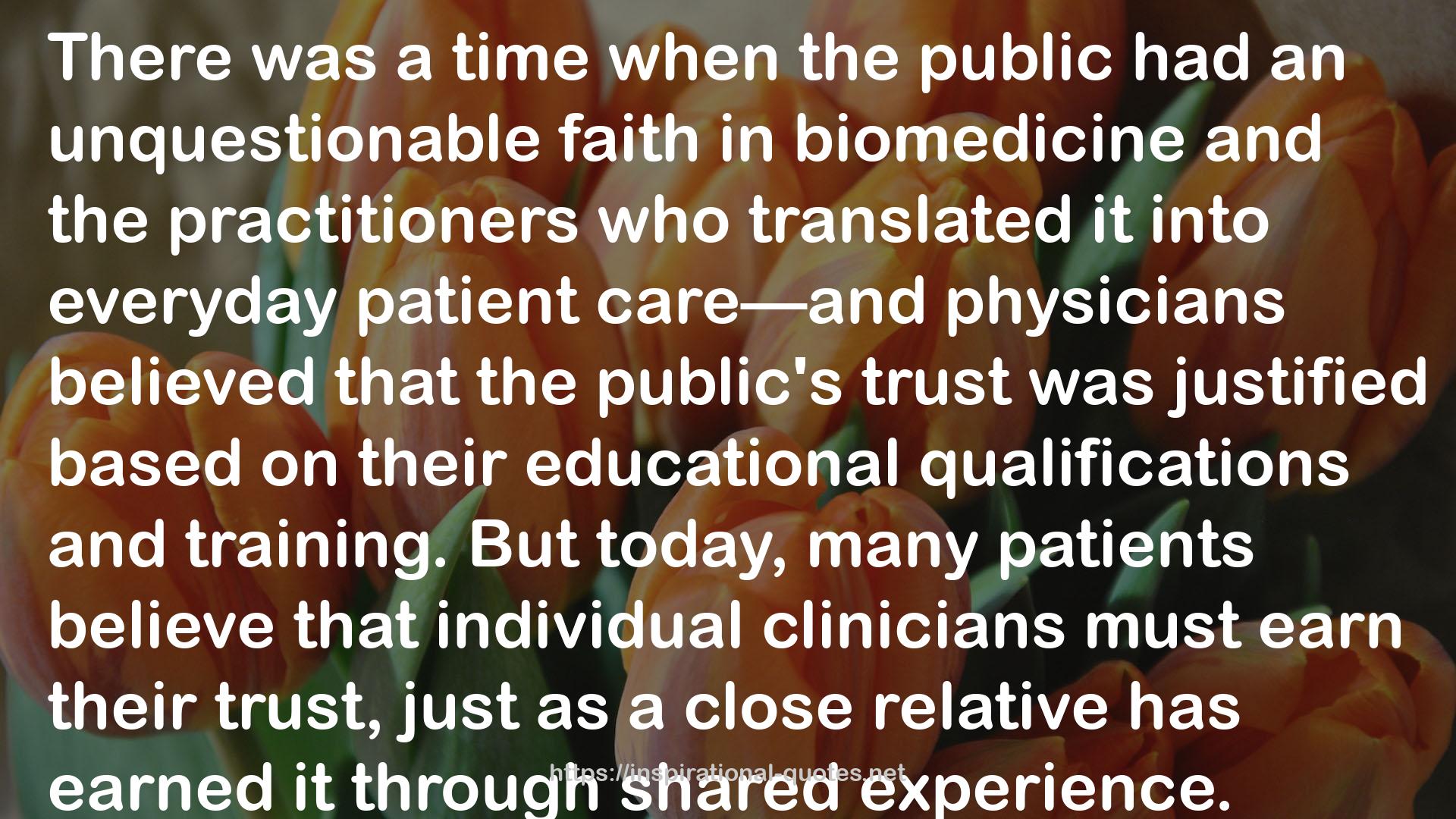Reinventing Clinical Decision Support: Data Analytics, Artificial Intelligence, and Diagnostic Reasoning QUOTES
 Reinventing Clinical Decision Support: Data Analytics, Artificial Intelligence, and Diagnostic Reasoning
Reinventing Clinical Decision Support: Data Analytics, Artificial Intelligence, and Diagnostic Reasoningdetail
SOME WORKS
- Yes, and...: Daily Meditations
- Simplicity: The Freedom of Letting Go
- What the Mystics Know: Seven Pathways to Your Deeper Self
- The Great Themes of Scripture: New Testament
- Every Thing Is Sacred: 40 Practices and Reflections on the Universal Christ
- The World, the Flesh and the Devil: What Do We Do With Evil?
- Richard Rohr: Essential Teachings on Love (Modern Spiritual Masters)
- Hope Against Darkness: The Transforming Vision of Saint Francis in an Age of Anxiety
- Oneing: The Perennial Tradition
- Dancing Standing Still: Healing the World from a Place of Prayer; A New Edition of a Lever and a Place to Stand
